Community articles — Source Code Listing
Recent
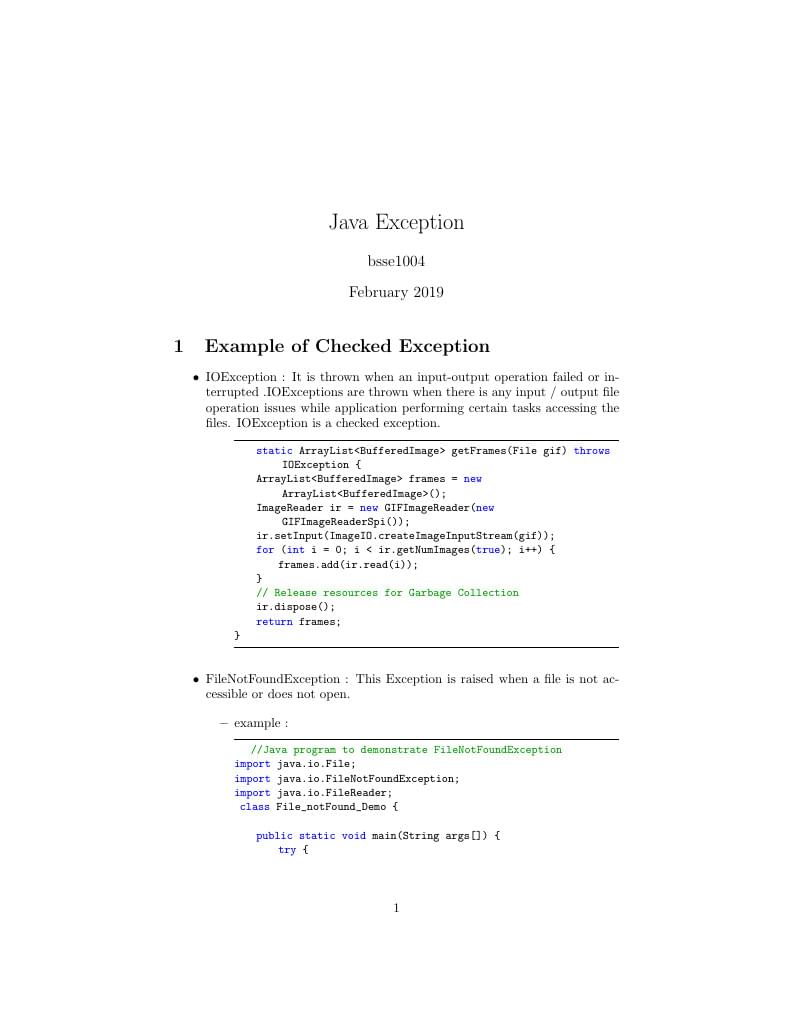
this is an article about the examples of checked and unchecked exception.
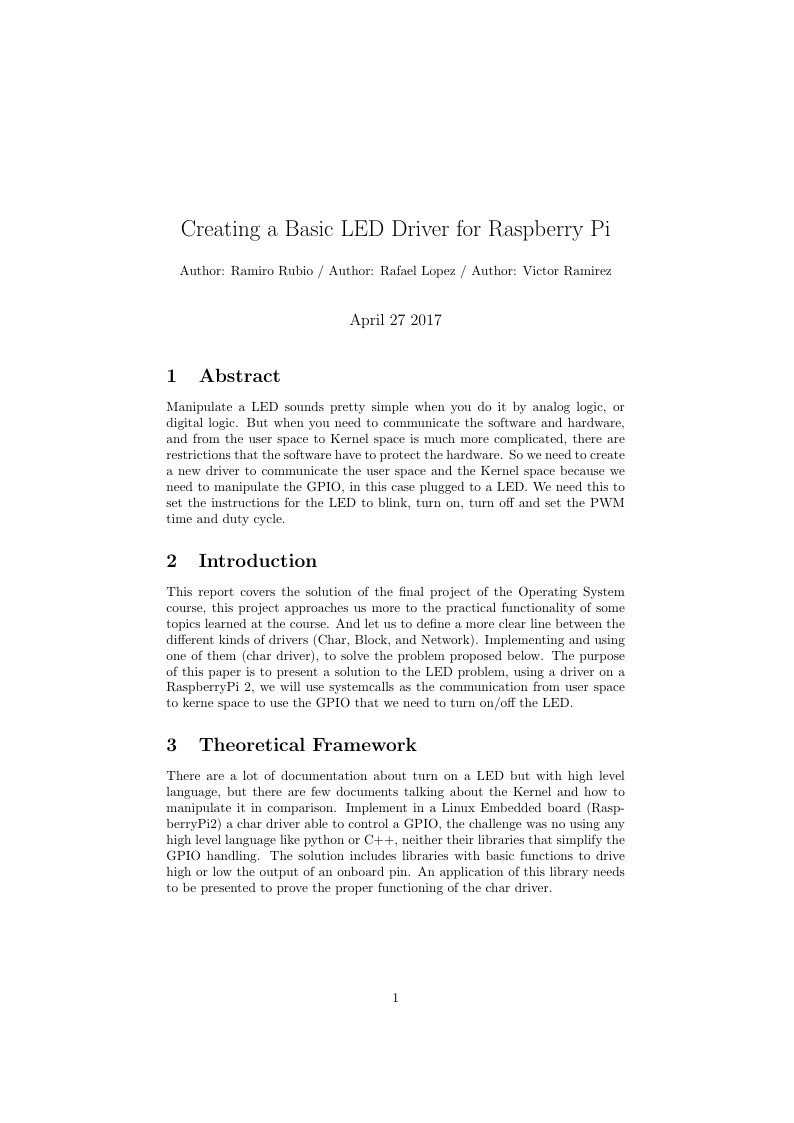
Creating a driver to control a GPIO
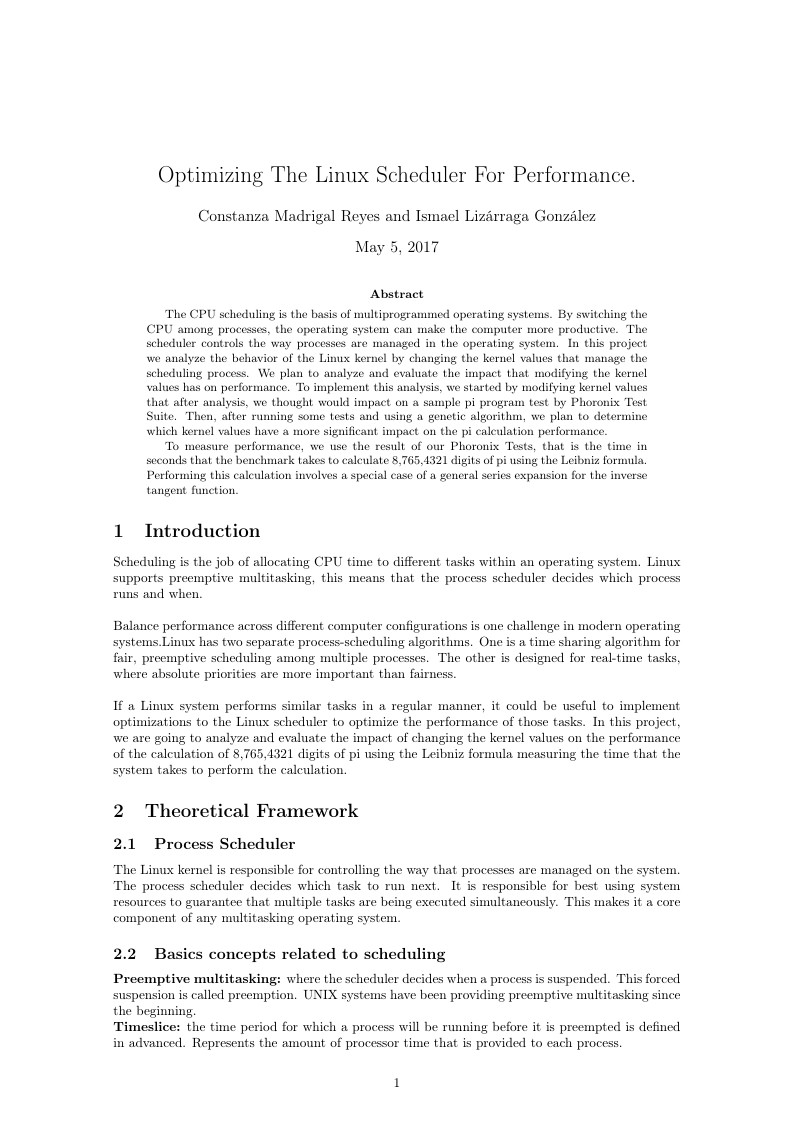
The CPU scheduling is the basis of multi-programming operating systems. By switching the CPU among processes, the operating system can make the computer more productive. The scheduler controls the way processes are managed in the operating system. Linux supports preemptive multitasking, this means that the process scheduler decides which process runs and when. Balance performance across different computer configurations is one challenge in modern operating systems.Linux has two separate process-scheduling algorithms. If a Linux system performs similar tasks in a regular manner, it could be useful to implement optimizations to the Linux scheduler to optimize the performance of those tasks. In this project, we analyze and evaluate the impact of changing the kernel values on the performance of the calculation of 8,765,4321 digits of pi using the Leibniz formula measuring the time that the system takes to perform the calculation.
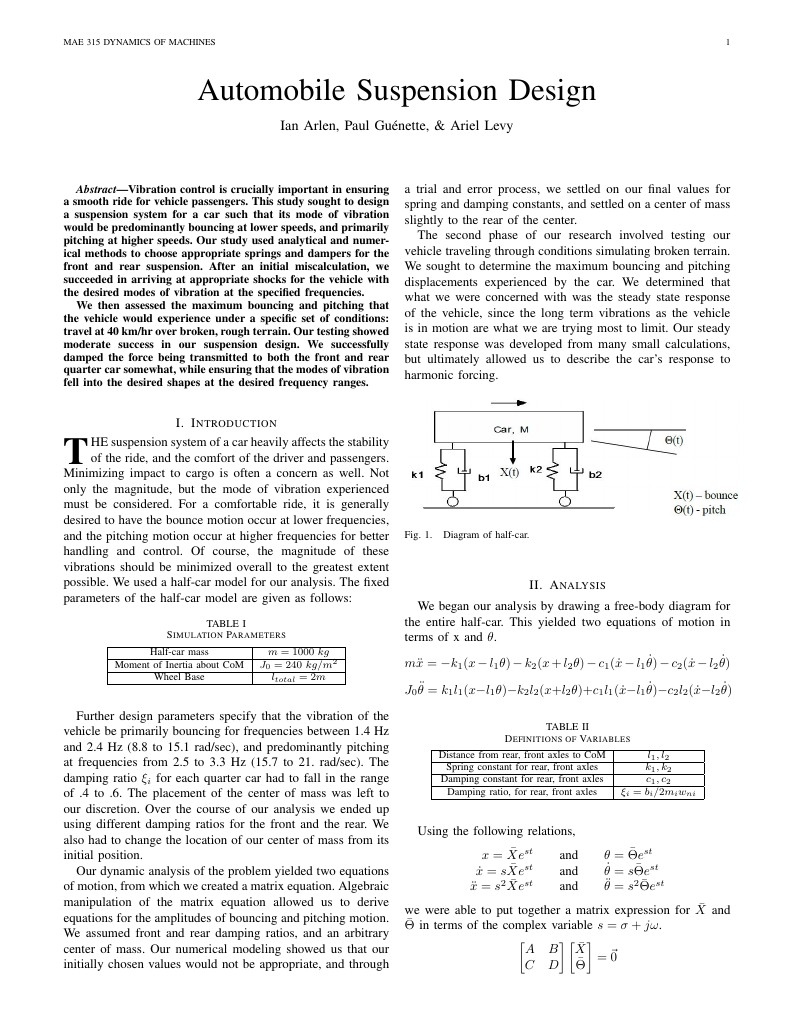
Vibration control is crucially important in ensuring a smooth ride for vehicle passengers. This study sought to design a suspension system for a car such that its mode of vibration would be predominantly bouncing at lower speeds, and primarily pitching at higher speeds. Our study used analytical and numerical methods to choose appropriate springs and dampers for the front and rear suspension. After an initial miscalculation, we succeeded in arriving at appropriate shocks for the vehicle with the desired modes of vibration at the specified frequencies. We then assessed the maximum bouncing and pitching that the vehicle would experience under a specific set of conditions: travel at 40 km/hr over broken, rough terrain. Our testing showed moderate success in our suspension design. We successfully damped the force being transmitted to both the front and rear quarter car somewhat, while ensuring that the modes of vibration fell into the desired shapes at the desired frequency ranges.
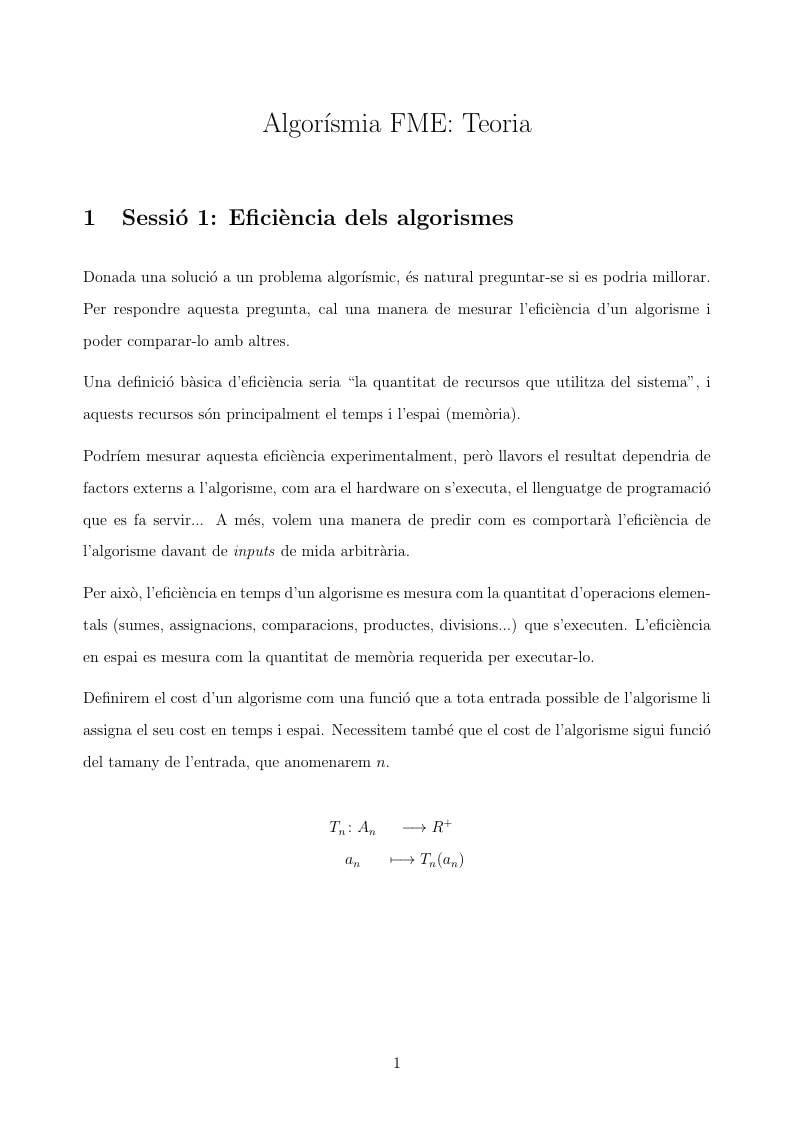
Algorismia Teoria
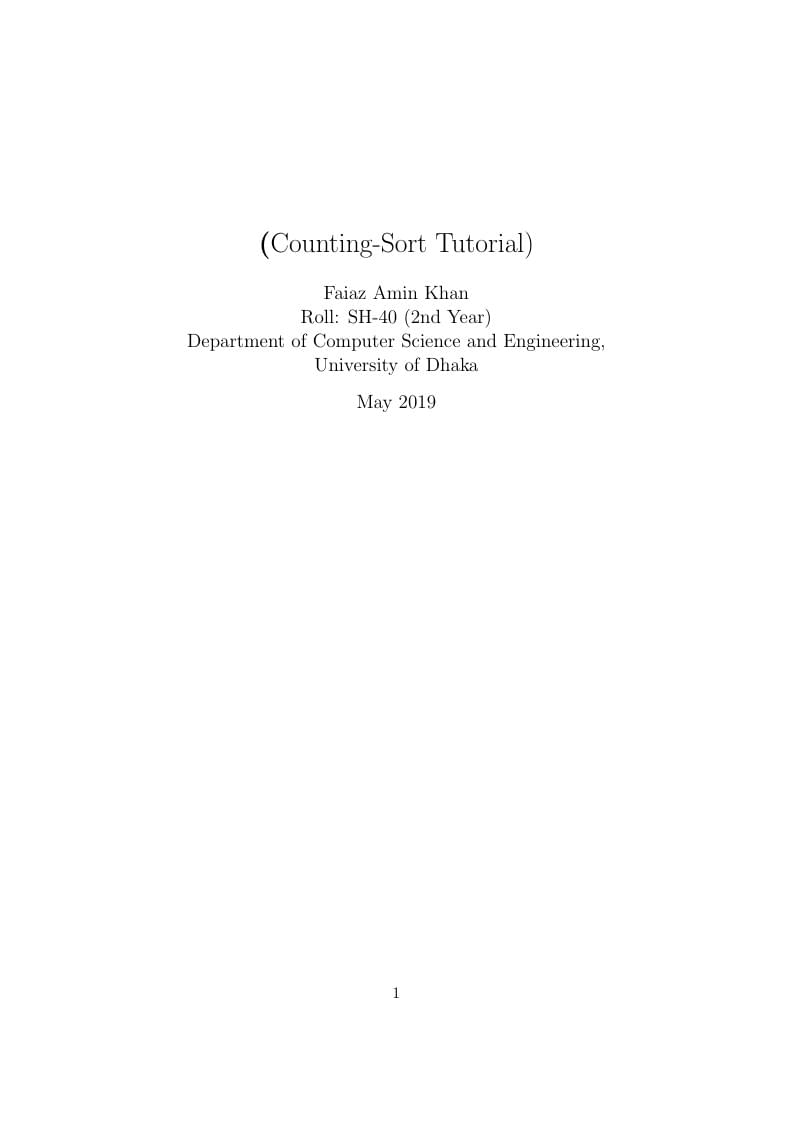
A brief description of counting sort algorithm
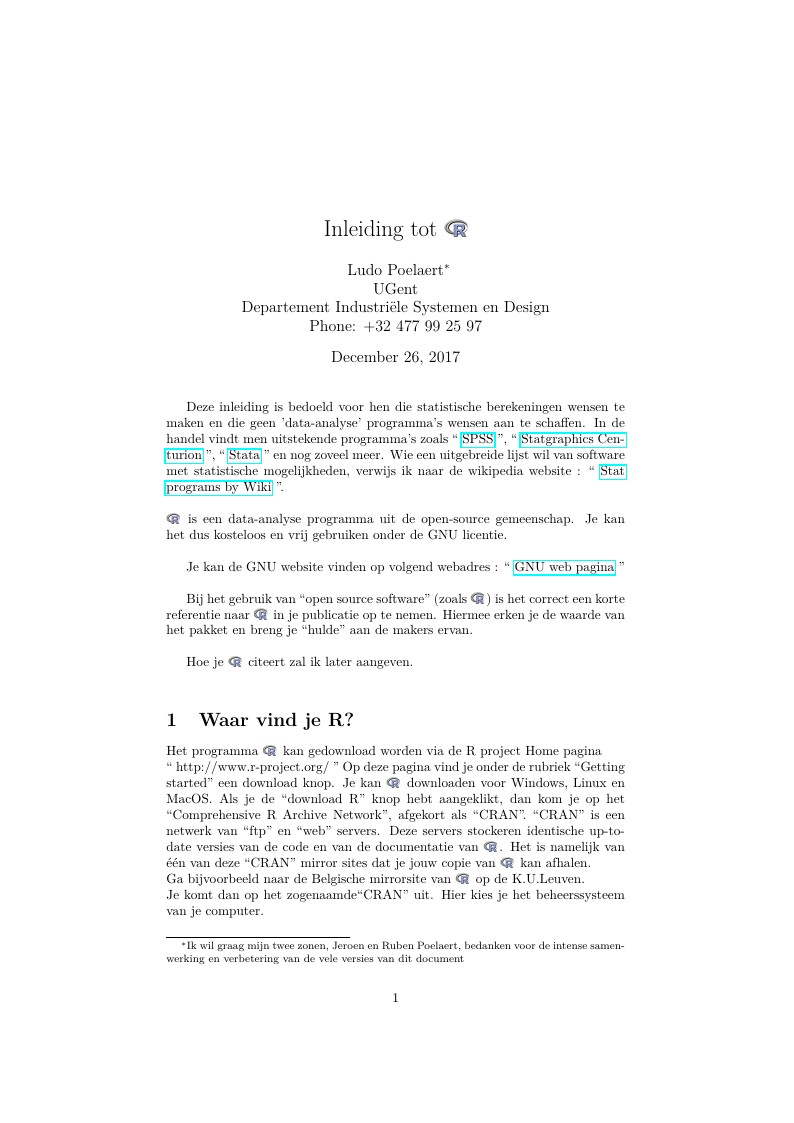
Dit is een Nederlandstalige bijdrage vanwege Ludo Poelaert, UGent. In deze korte tekst wordt een inleiding tot de taal R gegeven. U mag de tekst vrij gebruiken onder het Creative Commons CC BY 4.0 . Succes ermee.
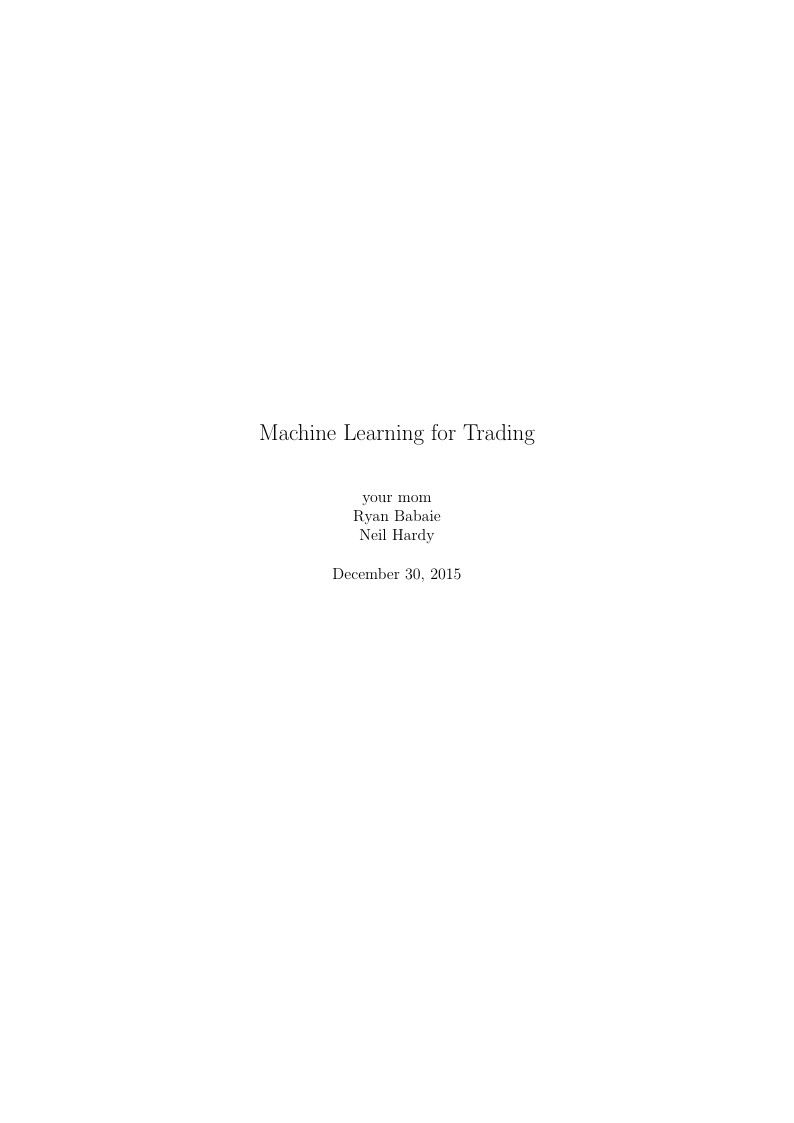
Document describing basic economic and statistical analysis and how to apply them to machine learning
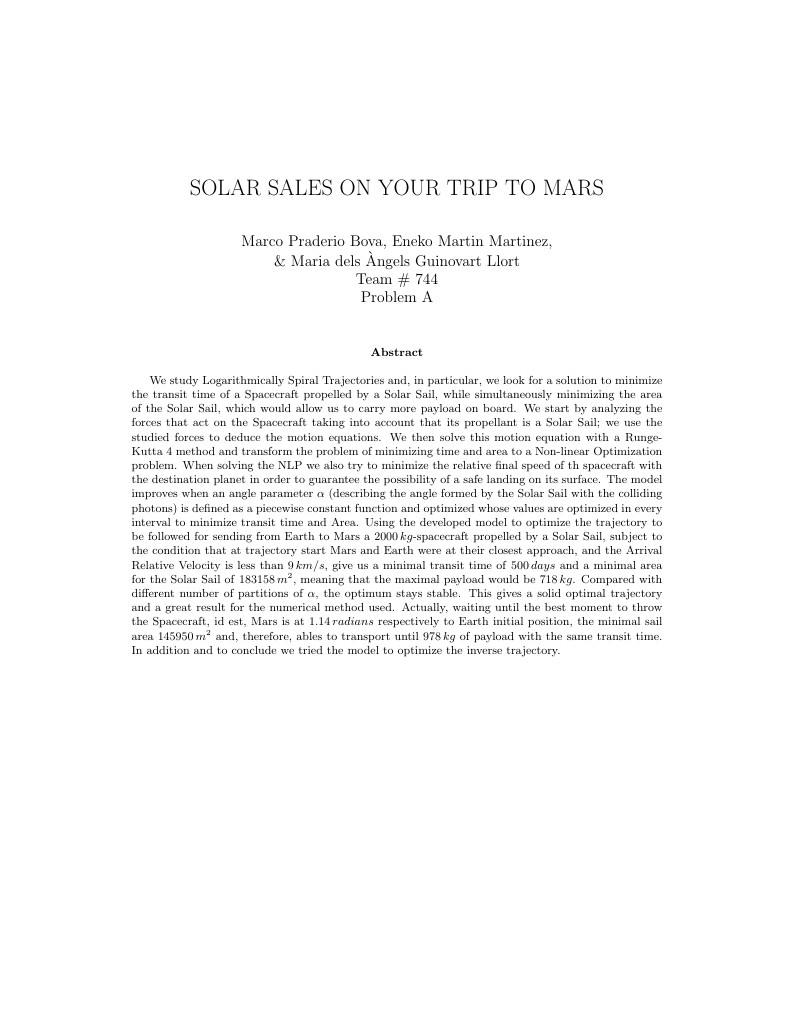
We study Logarithmically Spiral Trajectories and, in particular, we look for a solution to minimize the transit time of a Spacecraft propelled by a Solar Sail, while simultaneously minimizing the area of the Solar Sail, which would allow us to carry more payload on board. We start by analyzing the forces that act on the Spacecraft taking into account that its propellant is a Solar Sail; we use the studied forces to deduce the motion equations. We then solve this motion equation with a Runge-Kutta 4 method and transform the problem of minimizing time and area to a Non-linear Optimization problem. When solving the NLP we also try to minimize the relative final speed of th spacecraft with the destination planet in order to guarantee the possibility of a safe landing on its surface. The model improves when an angle parameter α (describing the angle formed by the Solar Sail with the colliding photons) is defined as a piecewise constant function and optimized whose values are optimized in every interval to minimize transit time and Area. Using the developed model to optimize the trajectory to be followed for sending from Earth to Mars a 2000kg-spacecraft propelled by a Solar Sail, subject to the condition that at trajectory start Mars and Earth were at their closest approach, and the Arrival Relative Velocity is less than 9km/s, give us a minimal transit time of 500days and a minimal area for the Solar Sail of 183158m2, meaning that the maximal payload would be 718kg. Compared with different number of partitions of α, the optimum stays stable. This gives a solid optimal trajectory and a great result for the numerical method used. Actually, waiting until the best moment to throw the Spacecraft, id est, Mars is at 1.14 radians respectively to Earth initial position, the minimal sail area 145950 m2 and, therefore, ables to transport until 978 kg of payload with the same transit time. In addition and to conclude we tried the model to optimize the inverse trajectory.
\begin
Discover why over 20 million people worldwide trust Overleaf with their work.